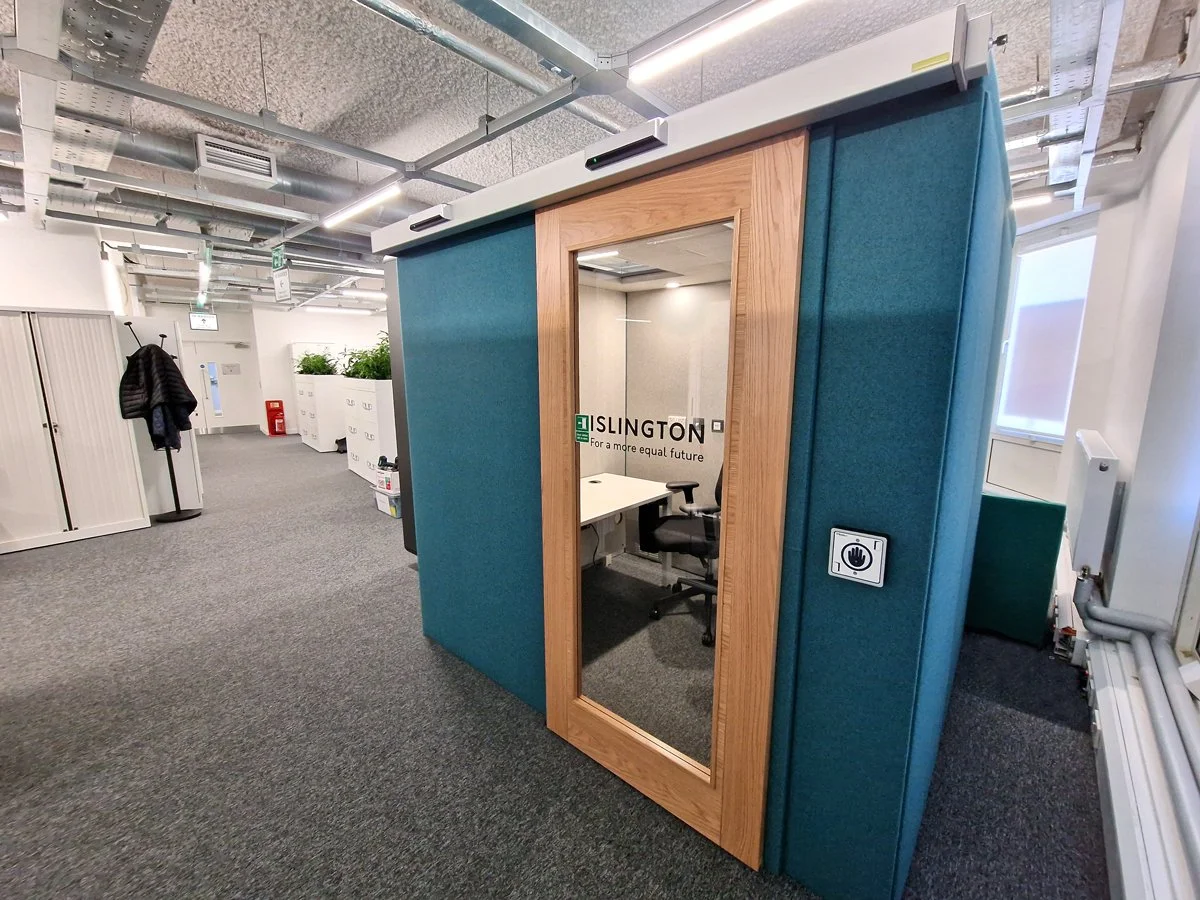The Importance of Accessible Workplace Furniture
Author: Claire Henderson, Inclusive Design Consultant
Date: 01.08.25
Accessible workplace furniture plays a crucial role in the UK public sector for legal, ethical, practical, and inclusive reasons. Fundamentally, the public sector has a duty of care — both as a major employer and as a steward of public funds. This means creating environments that are equitable and functional for all employees, while also ensuring that investment in furniture is made transparently, responsibly, and with long-term value in mind.
From an employer’s perspective, the public sector is subject to the same legal responsibilities as any other organisation — including the duty under the Equality Act 2010 to make “reasonable adjustments” for employees with disabilities. Accessible furniture plays a key role in meeting this obligation by:
Preventing discrimination
Enabling equal access to the workplace
Reducing legal risk and potential penalties
While these legal requirements are essential, the broader and more meaningful reason lies in the positive impact on workplace culture and people. Prioritising accessibility fosters a more inclusive, respectful, and supportive environment — benefiting everyone, not just those with specific needs.
Accessible furniture ensures that employees of all physical abilities can work comfortably, confidently, and productively. When accessibility is embedded from the outset, it removes the need for individuals to request ‘reasonable adjustments’—something that can feel intimidating or burdensome for many. Even simple solutions, like a quiet acoustic pod for focused work or private calls, can make a significant difference by:
Fostering a more inclusive workplace culture aligned with public sector values
Promoting equal opportunity for individuals with disabilities, long-term health conditions, or age-related needs
Supporting better representation of the diverse communities that public institutions serve
One of the most overlooked yet impactful features in workplace design is adjustability. The ability to tailor furniture to individual needs—such as using a height-adjustable desk—benefits far more than just employees with disabilities. For anyone in a desk-based role, the option to alternate between sitting and standing can improve posture, boost energy levels, and support long-term health.
For those managing budgets, the investment pays off: healthier employees mean fewer absences, improved productivity, and reduced long-term costs. Accessible, inclusive furniture contributes to:
Lower rates of musculoskeletal problems
Reduced risk of repetitive strain injuries
Improved mental wellbeing by minimising physical discomfort and workplace frustration
Accessible furniture doesn’t just enhance wellbeing — it helps people feel genuinely valued and supported at work, which in turn boosts morale, engagement, and staff retention. When workplaces are designed to be inclusive from the outset, fewer individual adjustments are needed, making the space more future-proof and reducing waste. This not only supports sustainability goals but also ensures long-term value.
In short, it’s not just the right thing to do — it’s the smart, cost-effective thing to do. And in the public sector, where every tax pound counts, getting the best value is essential.






